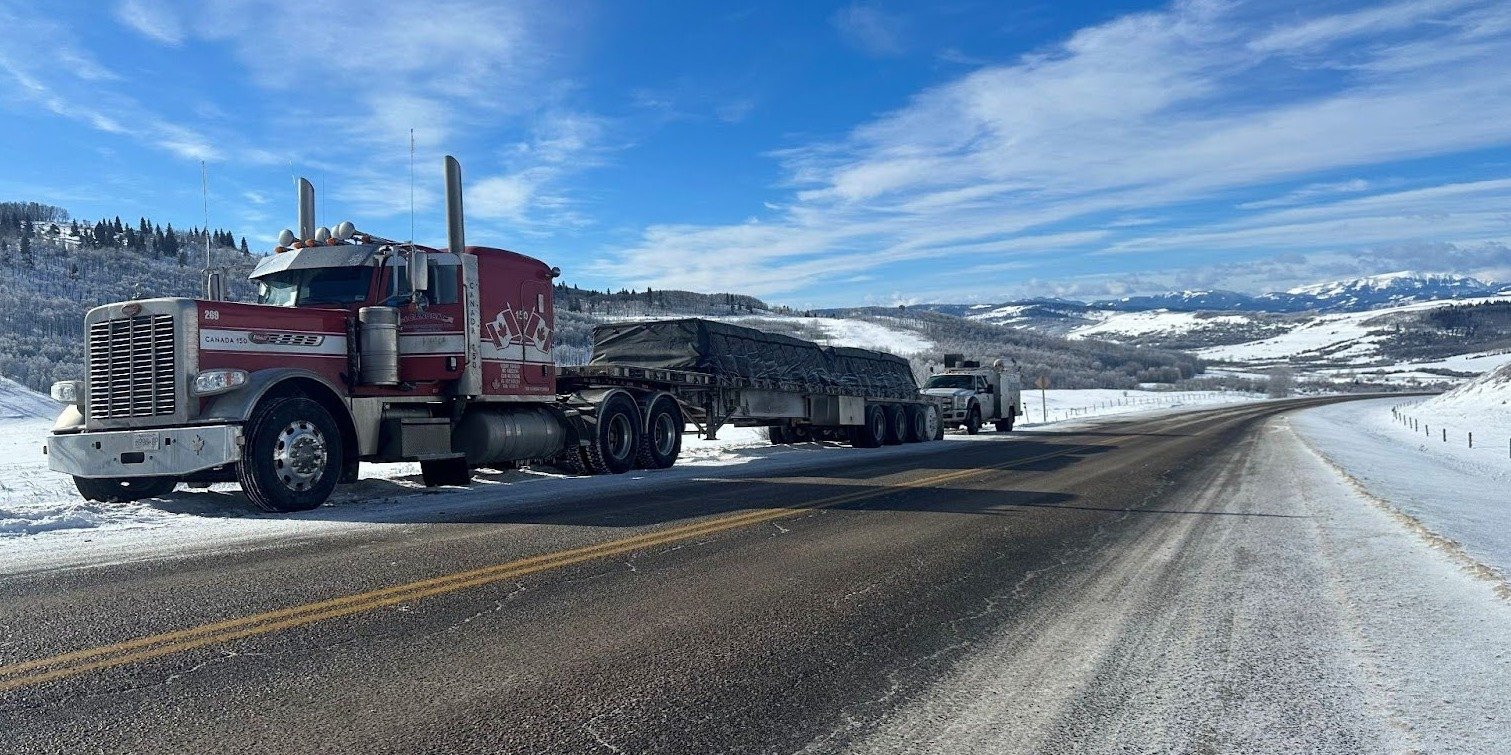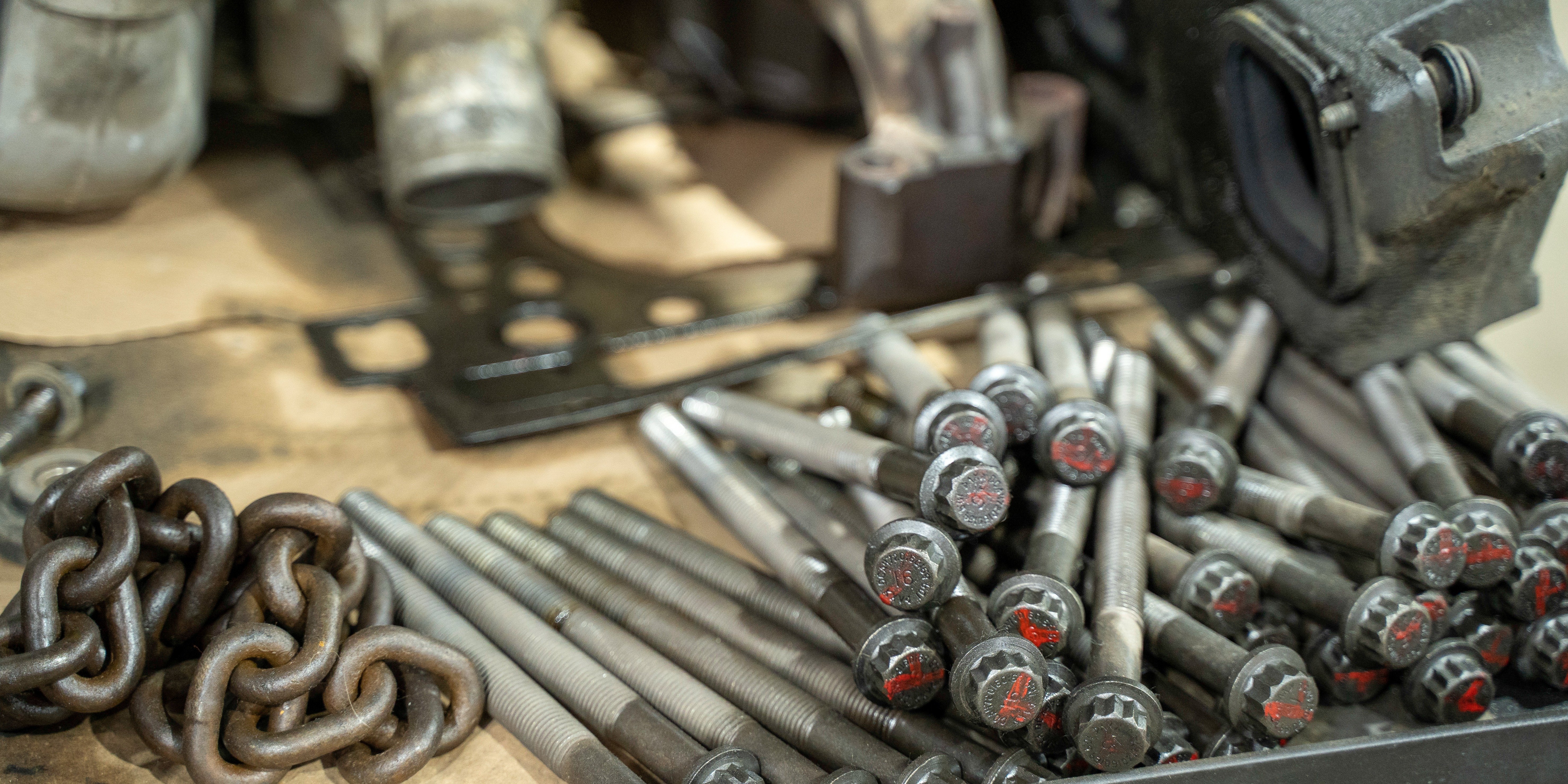
If you run a heavy-duty repair shop, you don’t need a calendar to tell you when peak season hits - your lot fills up fast, your techs are buried, and your front office starts juggling calls like circus performers. Whether it’s pre-harvest combine checks, construction fleets ramping up after winter, or trucking outfits rushing to beat DOT deadlines, seasonal spikes are real - and they can either sink your workflow or supercharge your revenue.
The difference? Preparation.
This guide dives into the patterns behind seasonal workload spikes in the heavy-duty world, and gives you proven, shop-floor-ready tactics for staying ahead of the madness. Whether you’re working on ag equipment in the Midwest, trailers in the Southeast, or off-highway iron in oil country, the playbook is the same: anticipate, adapt, and execute.
Know Your Industry’s Seasons - And Plan Accordingly
Every segment has its own flavor of chaos. Understanding yours is the starting point.
Transportation & Freight:
Delivery fleets typically hit overload in Q4 - holiday freight, more hours on the road, more breakdowns. And spring brings the annual CVSA Roadcheck blitz, which means fleets scramble for pre-inspections. Then there’s weather: cold snaps kill batteries, and heat waves bring in every failed AC system in town.
Agricultural Equipment:
In farming areas, fall harvest and spring planting define the year. Combines, grain trucks, and tractors don’t just run long hours - they break under pressure. Shops serving ag clients see the most work exactly when everything is urgent. Meanwhile, winter offers a quieter window - the perfect time to push inspections and rebuilds.
Construction & Heavy Equipment:
In cold-weather states, construction machines go dormant in winter, then roar to life in spring. You’ll see a spike in March/April as dozers, skid steers, and pavers come out of hibernation. Summer means constant uptime pressure - repairs are emergency calls. Winter can offer a breather for proactive shops to push pre-season work.
Whatever your sector, the spike is predictable. And predictability is leverage - if you use it right.
Scale Without Breaking: Tools and Tactics for Managing the Rush
1. Build the Bench Early (Seasonal Staffing Done Right)
Don’t wait until you’re drowning to bring in help. Hiring temp or part-time techs before the flood hits can ease pressure without locking you into permanent payroll. Just make sure they’re qualified - one bad wrench can undo hours of good work.
Pro tip: Tap niche staffing agencies or industry contacts. Sometimes the best seasonal hires are ex-techs looking for part-time work, or mechanics from neighboring sectors (e.g. an ag mechanic helping at a truck shop in winter). Pair them with senior techs to flatten the learning curve.
2. Rethink the Clock (Staggered Shifts + Smarter Scheduling)
A single 8–5 shift won’t cut it in peak season. Many high-performing shops stagger shifts to cover 14–16 hours a day. A 6am–2pm / 2pm–10pm model keeps bays busy and reduces overtime fatigue.
At the same time, optimize your schedule using “tech-to-work ratios.” Don’t just fill the calendar - allocate based on realistic daily throughput. If you’ve got five techs averaging 8 billable hours a day, don’t book 60 hours into Monday. Spread the load.
Digital scheduling tools like ShopView make this easy. You can view workload by tech, shift jobs around with drag-and-drop ease, and prevent choke points before they happen.
3. Plan the Overtime - Don’t Burn Out Your Crew
Overtime is inevitable in peak months, but unmanaged OT leads to burnout, comebacks, and techs walking out. Keep it controlled.
Set limits - say, no more than 10 hours of OT a week - and incentivize smartly. Whether it’s bonuses for on-time completion, weekly attendance perks, or even just a Friday pizza run, showing appreciation keeps morale high.
If possible, stagger who works late or rotates weekend shifts. Everyone pitches in, but no one gets ground into the floor.
4. Flatten the Curve (Advance Booking and Off-Season Promos)
Want to avoid the crunch altogether? Start spreading the load.
Reach out to clients before the peak. DOT due in June? Call in March. Need that fleet tuned up before produce season? Schedule them in May. Use automated PM reminders, emails, even stickers on trucks if needed.
Offer off-season deals. Construction and ag shops have nailed this: “10% off winter rebuilds” or “Pre-harvest inspections booked before Aug 1 get priority.” It works. Customers save money and avoid breakdowns; you fill your bays year-round.
Some ag dealers have gone further - requiring off-season inspections as part of their service agreements. The result? Fewer breakdowns, less chaos in spring, and happier techs. You don’t have to be a dealership to steal that play.
5. Talk to Your Customers - Like You’re on the Same Team
When the lot is full and timelines slip, communication is everything. If a truck will be two days late, tell them now - not when they show up asking for keys.
Set expectations early. Email clients before the season starts: “We’re entering our busiest time of year. Book early. Expect longer lead times.”
Update frequently. Even a quick text - “Still waiting on that part, should arrive Friday” - keeps customers calm. Better yet, use shop management software that sends updates automatically. Less phone tag, more trust.
And if you're overbooked? Help anyway. Recommend a partner shop. Offer a waitlist. Customers remember who looked out for them when it was inconvenient.
Real-World Wins: What Smart Shops Are Doing
One farm equipment dealer in the Midwest cut technician burnout and peak-season overtime by 27 hours per week - just by pushing mandatory winter inspections and hosting maintenance clinics. Techs were less fried. Equipment broke down less. And customers stayed loyal.
A regional truck shop used three years of service data to forecast their seasonal spike in reefer trailer and brake work. They hired temp help in advance, stocked key parts early, and contacted fleets proactively to spread work across two months instead of two weeks. That quarter? More revenue, fewer headaches.
A construction shop in Texas partnered with a mobile mechanic service to offload field repairs during summer. They focused on heavy in-shop work, and their mobile partner handled on-site breakdowns. Each made money - and nobody drowned in calls.
The lesson? Seasonal chaos doesn’t have to be chaos. It just has to be managed.
Use the Tools (They’re There to Help)
Whiteboards don’t scale. Not when you’ve got 30 active tickets, two no-starts just rolled in, and your lead tech is off Thursday.
Modern shop management platforms (like ShopView, for example) bring clarity to the mess:
- Technician scheduling with workload balancing
- Bay and calendar views for easy drag-and-drop job planning
- Inventory visibility so you don’t book work you can’t complete
- Customer updates via text/email - so your phone doesn’t explode
- Clocked hours tracking, invoicing, and real-time progress updates
That’s not fluff. That’s margin. Efficiency. Sanity.
Imagine being able to say “yes” to one more job a day without chaos. Over 60 peak-season days? That’s a serious revenue lift.
Final Word: Don’t Just Survive the Rush - Own It
Here’s the bottom line: seasonal spikes are part of the job. But they don’t have to break your shop. In fact, they can be your most profitable, most productive, and most reputation-building periods of the year - if you treat them like a project, not a panic.
Know when your surge is coming
Staff, schedule, and stock accordingly
Pull work forward where you can
Use tools to keep your team moving
Keep customers in the loop, even when you’re slammed
Learn and improve, year over year
A shop that handles the busy season with confidence? That’s a shop people come back to - and send their friends to.
Because when everyone else is saying “We’re booked for two weeks,” you’re saying, “We planned for this. Let’s get you fixed up.”
.png?width=1500&height=1500&name=11%20(1).png)








.png?width=1500&height=1500&name=1%20(1).png)

%20-%20Copy.png?width=1500&height=1500&name=2%20(1)%20-%20Copy.png)



